Looking into RFID Types and Applications
Team Mobility During Covid-19
Text Author: Infraspeak
It may seem somehow paradoxial to speak of mobility during a time when thousands of people are at home indefinitely. But that is exactly why it makes sense to speak of mobility, connectivity and remote team management.
Quarantine thrown us into a reality in which remote work has become the norm. Even less prepared companies realized that many tasks can be done remotely - because best practices dictate that data is stored in a cloud, when applications are designed in a mobile-first framework and we can all communicate at home almost as well as at the office.
Still, and despite advances in technology, not all jobs can be performed remotely. For society to continue to function as we know it, there are certain jobs that remain on the field. Health professionals, producers of essential goods, security forces, couriers for home deliveries and many more.
We risk saying that technology, with all the gadgets and applications we have at our disposal, can make a bigger difference for those who are on the field everyday. Let us look into some examples of how mobility technologies facilitate the routines of a team manager.
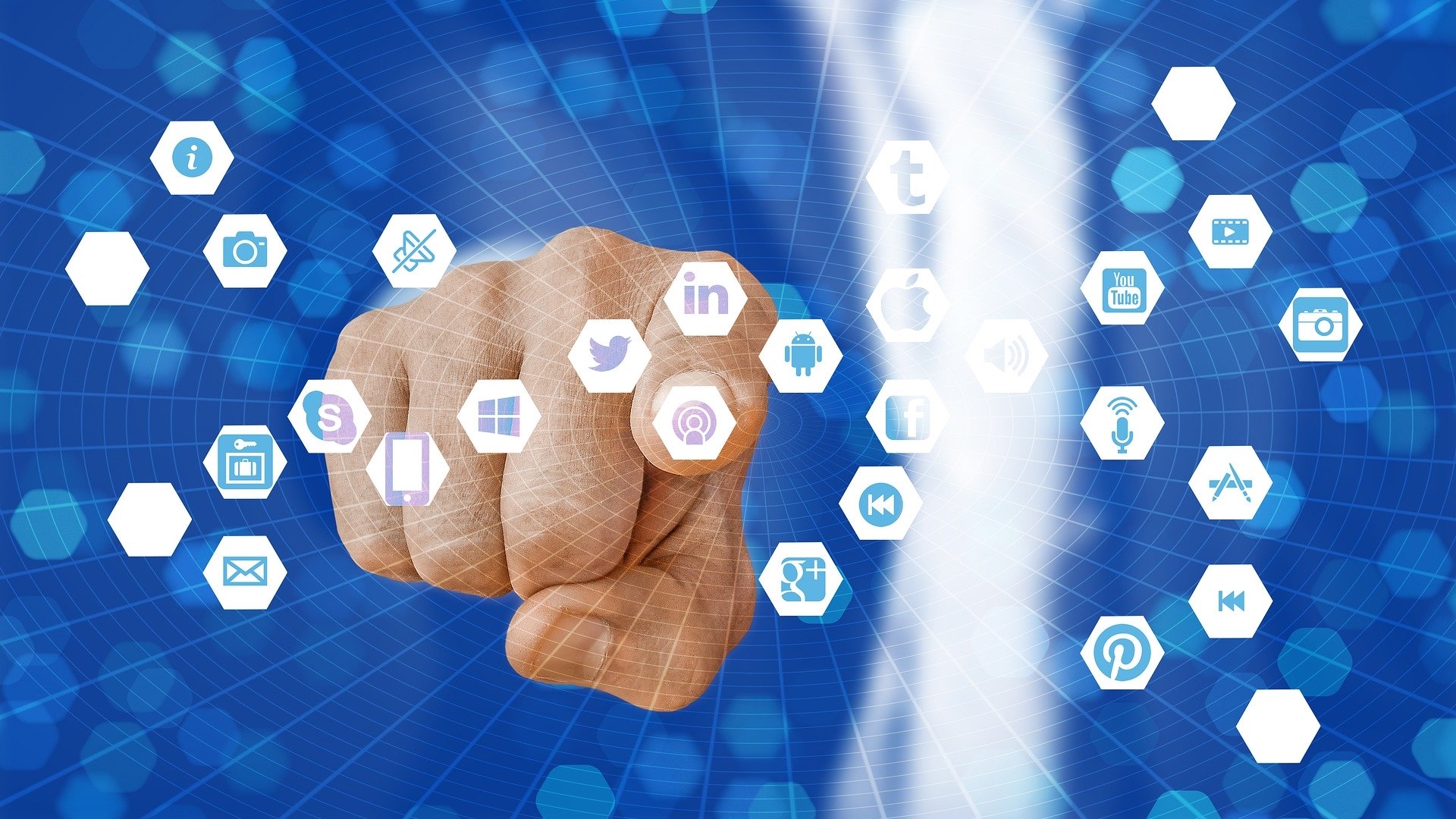
ACCESS CONTROL
We know that on a normal daily basis, cloud platforms and applications are the greatest allies of job flexibility. In addition, for those who work in technical assistance, it allows its customers to report a malfunction and receive a notification immediately. At the same time, in exceptional circumstances, this same technology makes it possible to fulfill the "social distance" to those who remain on the ground and to avoid any type of contact.
CONTACLESS TECHNOLOGY
Most likely, you have head of NFC tags. These tags are slightly larger than a 2€ coin and work using Near Field Communication (NFC) technology. It is a very popular wireless technology, for example, for validating transport tickets. In infrastructure management, tags store information that technicians can access with a simple mobile phone.
They are designed to facilitate access to information, but they can also be used to find out where each worker is - a great way to obtain data without having to touch surfaces and risk any contagion.
IN & OUT CONTROL IDENTIFIERS
For those working in logistics or retail, the item finders in the warehouse and the entry-exit identifiers are the most sophisticated way to control stock remotely. Manual counts are dispensed with, and notifications can be created to when the stock is low and needs to be replenished, which makes the whole facility management more efficient.
In a situation in which storekeepers undergo a huge test, this type of technology saves their time, makes the company more efficient and facilitates the routine of its customers.
REAL TIME CONTROL WITH CMMS
When Infraspeak and MobilityNow spoke to 50 Portuguese maintenance managers, the most common challenge was operational control, especially given the turnover of technicians and the management of unforeseen events - which worsened in companies that depend on that role.
Using dedicated maintenance software adapted to the requirements of your business allows you to collect reliable information, control the company's activity remotely and make decisions based on real data and not on assumptions.
There is no doubt that maintenance software helps remote team management, but it is also important to talk about distribution of tasks. If you include the necessary information for each work order in the application, it is easier for any technician to "take" that job and resolve the issue successfully. This helps to better deal with the turnover of technicians and manage unforeseen events. Not to mention that time is optimized - at this stage when efficiency is crucial to avoid a complete stop in the country.
IoT SENSORS
Sensors connected to the internet are another way to obtain reliable information in real time. In fact, they are even used in medicine: for example, a blood glucose sensor can be connected to a mobile phone, which allows the medical team to monitor the patient without direct contact. In industrial maintenance we call the integration of sensors with IoT "intelligent industrial maintenance" or IIoT. The fundamental connectivity to start adopting predictive maintenance measures - that is, to start predicting when an asset will break down or needs repair - to avoid unecessary maintenance and decrease downtime.
If you are faithful only to preventive maintenance, surely from now on you will see it from a different perspective the possibility of better defining your priorities and applying a maintenance plan, that, temporarily, is reduced to the essential.
The cloud, information sharing and communication tools are a way to increase the remote support it provides to those on the field, both technicians and customers.

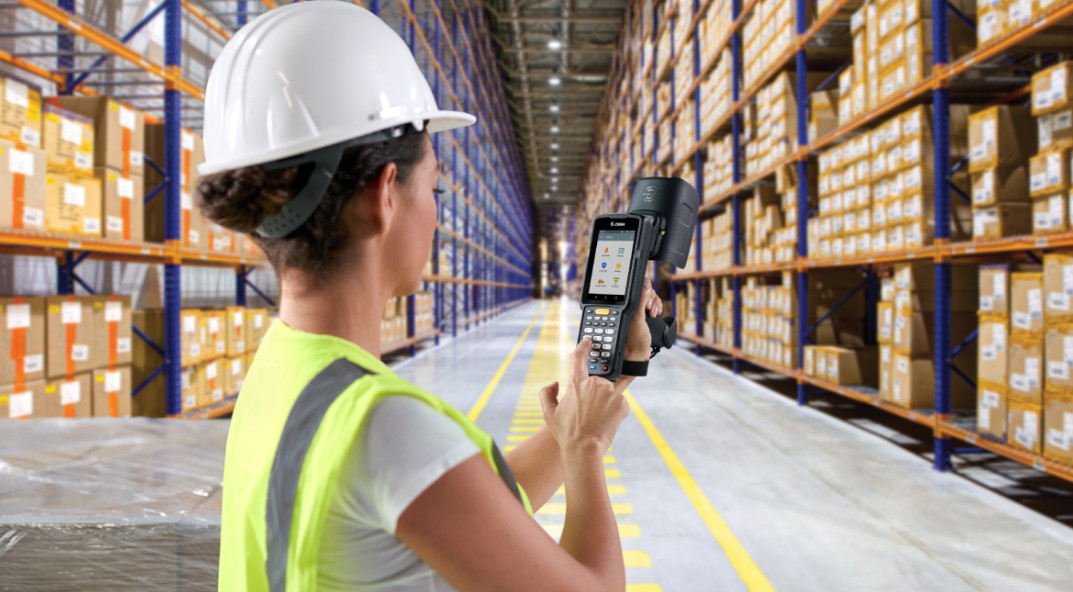
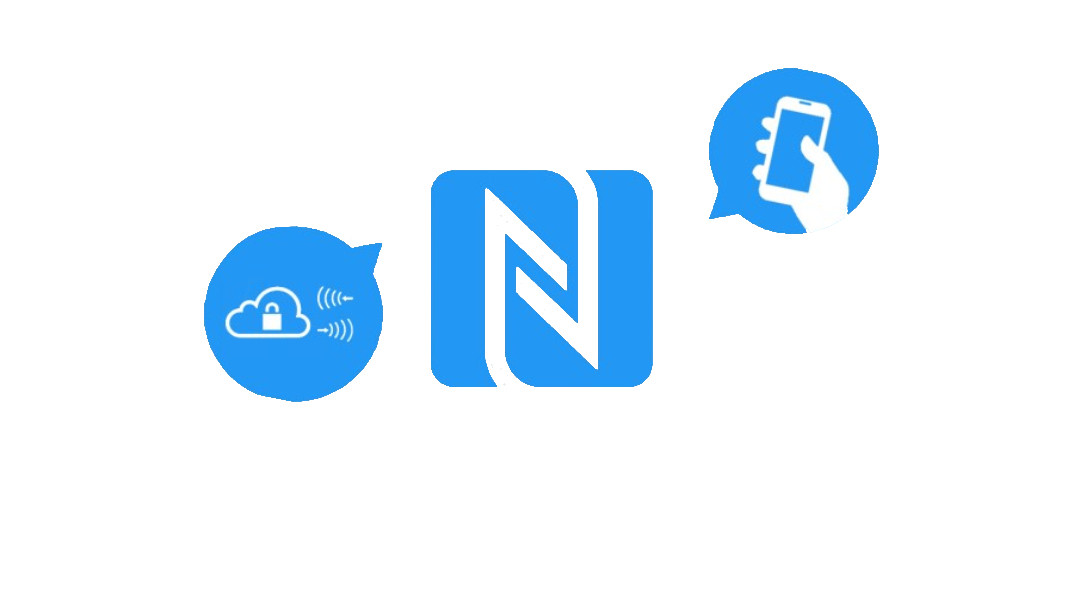
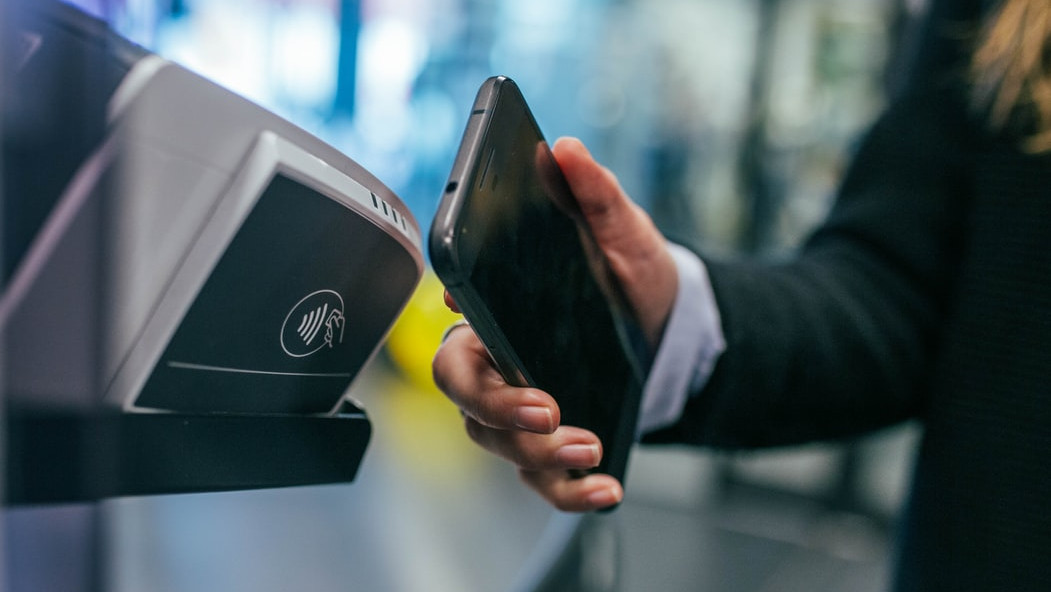

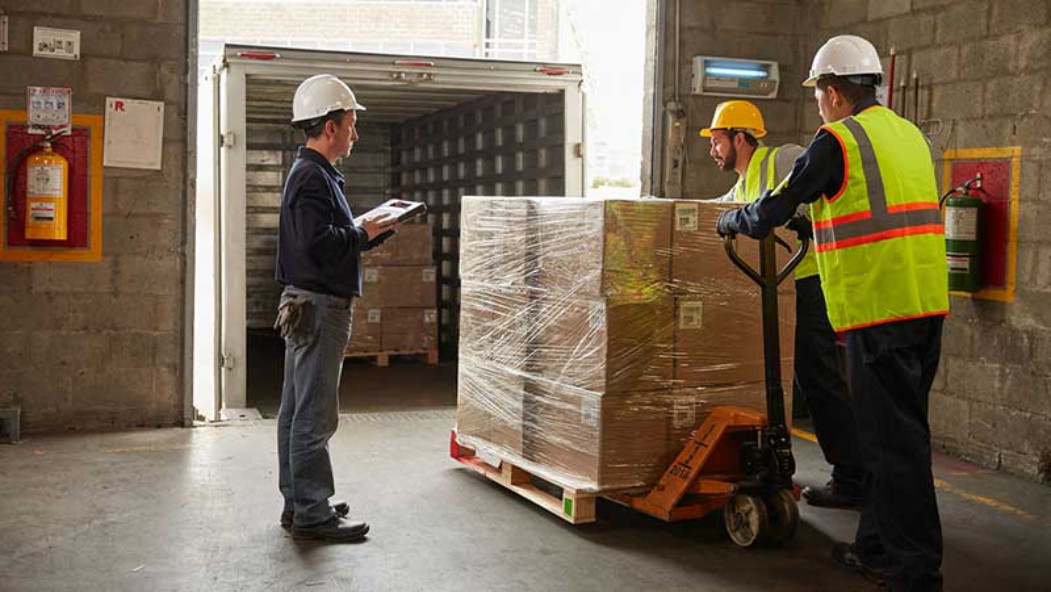

Leave a comment